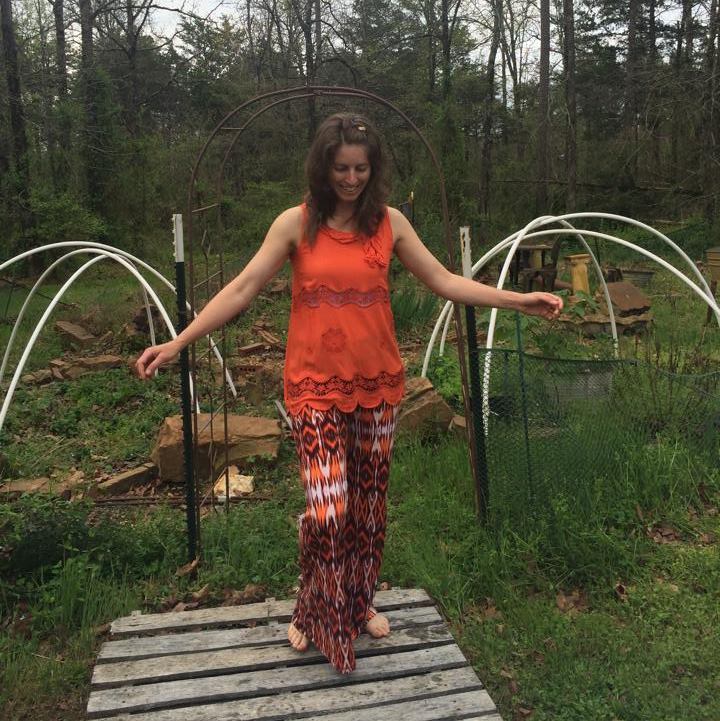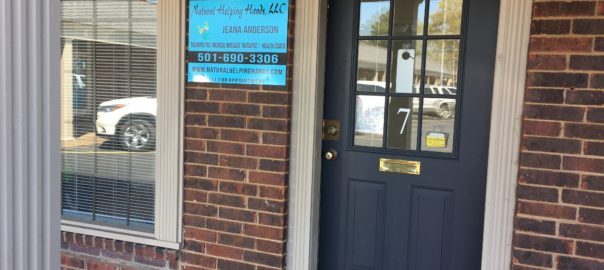What can I do for you and your loved ones? The following article is just one. See my series this week for more.
Most commonly forming in adolescent years, scoliosis causes nagging back pain and fatigue. While these symptoms may sound minor, back pain and fatigue can mean that people are sometimes forced to miss opportunities for personal growth, like athletics or performing arts, as well as potentially having to give up some of their favorite hobbies. If not treated, scoliosis can persist for years, and in some cases, a lifetime.
In a study done by the Good Posture Association, the effect of consistent massage on Cobb angle, or the curve in the spine caused by idiopathic scoliosis, was analyzed. Thirtyminute treatment sessions, which involved soft tissue massage, were administered three times a week for eight weeks. “It was established that the Cobb angle was noticeably decreased after four weeks of the intervention,” researchers concluded.3
Cynthia Oberdier, a massage therapist from Columbus, Ohio, has significant experience treating clients with scoliosis. For Oberdier, focusing on the muscles around the spine is essential. “In my experience, massage for scoliosis is to encourage strengthening of the open side and lengthening of the shortened side,” explains Oberdier. “Massage strokes are then lengthwise to the short side with stretching to encourage opening of the curve. Myofascial release to the opposite side, encouraging myofascial unwinding and taking the tension off of the shortened side.”
Sonia D. Tatninov, a massage therapist from Tulena Wellness in Brooklyn, New York, says massage therapists working with clients with scoliosis should be prepared to do a lot of their work in side-lying position, and that many clients with scoliosis are going to need their neck worked. “I pay a lot of attention to the lamina groove,” she adds, “since I find that those with scoliosis tend to have a lot of holding at the attachments here.”
For clients with scoliosis, Tatninov also cautions massage therapists to talk with clients who have fusion and rods about how they affect their dayto- day life and range of motion. “These clients are often fine in supine positions, but I am always sure to have a sheet or towel handy to bolster their head,” she explains. “A client who has a rod may need to have their head bolstered to a very specific height.”
Similar to dementia, some of the biggest benefits of massage therapy surround its being able to be customized to individual needs. Tatninov emphasizes that clear communication is vital to providing proper treatment. “Those with severe scoliosis are often acutely aware of what’s going on in their bodies,” she says. “They are more than happy to give you a rundown of everything new going on in their body since they last saw you and to tell you specifically what they want the focus of the session to be that day. The best thing I can do for them is to listen to them and then plan that day’s session in response to the information they’ve given me on that day.”
Jeana Anderson, C.N.H.P., LMT, CEIM, CBS
Natural Helping Hands,
LLC
www.naturalhelpinghands.com
jeana@besmiley.com
501-690-3306 (I-phone)




